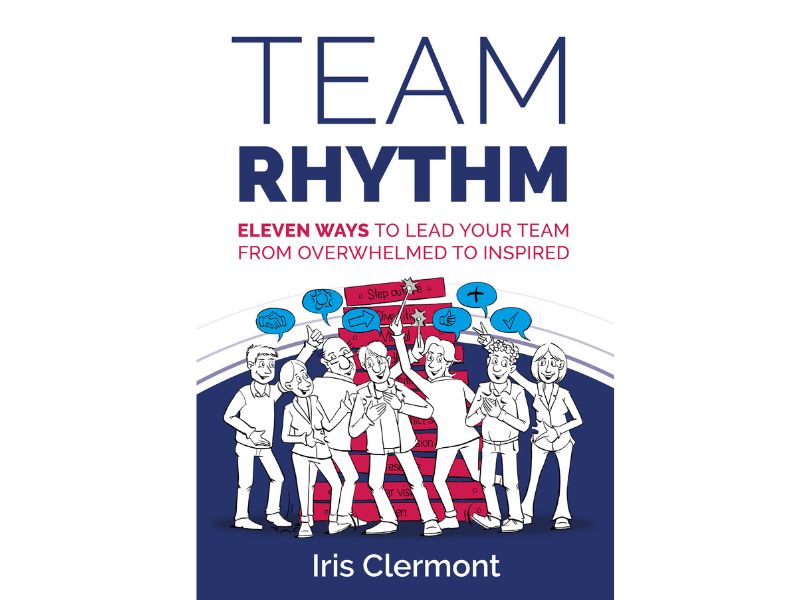
By Jenni Miller and Alison Grieve
High-performing teams are like diamonds. We all know how special and valuable a diamond is and when we talk to leaders, they know implicitly how special and valuable a high-performing team is.
High-performing teams, like diamonds, are hard to find and once you have one, you will want to maintain it and sustain that high performance. It takes a long time to mine, cut and polish a diamond. A high-performing team takes time and effort to form, develop and sustain to fulfil its full potential. A diamond is the strongest natural material, used on the tips of drills to cut through pretty much anything. A high-performing team should be like a diamond, resilient and focused enough to cut through anything together.
When we set out to identify what truly sets high-performing teams apart from the rest, we recognised the need to focus on the most critical facets that underpin their success. This led to the development of a framework known as The Edge Dynamics of High Performing Teams which are: Reason, Results, Routines, Relationships and Resilience. When teams pay close attention to all of these elements, they maximise their chances of achieving high performance.
The Edge Dynamics:
Reason: At the core of a high-performing team lies a clear sense of purpose or “why” the team exists. This purpose serves as the team’s “North Star”, keeping the team motivated even when the going gets tough.
Results: High-performing teams are defined not only by their individual contributions but by their collective accountability for achieving results together. This emphasis on shared accountability minimises duplication of effort, maximises productivity and prevents the team from settling into mediocrity with an individual-centric focus. The team becomes a multiplier for results, becoming greater than the sum of its parts.
Routines: Routines encompass the team’s working methods, rhythms, communication practices, and decision-making processes. These routines streamline operations, keeping team members informed and enabling efficient decision-making. Get the team’s routines right and they enable the team to operate at their best. Design them well, then review them regularly to ensure they are fit for purpose in the face of changing team needs.
Relationships: The quality of relationships within a team significantly influences its effectiveness. How team members feel about being part of the team and how they interact with each other determine the team’s cohesion and ability to collaborate effectively. High performing teams are strong on core relationship behaviours like trust, constructive conflict and making tough decisions together.
Resilience: Resilience reflects the energy levels of the team. It involves learning from experiences to continually improve, as well as reviewing and refreshing all the Edge Dynamics regularly to anticipate and respond to changes in the team’s environment. Resilience is the space of experimentation, continuous improvement and the celebration of progress and successes.
While it’s common for teams to focus on one or two Edge Dynamics, the most crucial insight from this framework is that true high performance requires concerted effort across all five. Partial improvement may boost a team’s performance, but to reach and maintain the pinnacle of high performance, all of the Edge Dynamics must be harnessed, as they work in synergy to create a cohesive and effective team.
High Performance is By Design
Any team can be a good team with a little bit of luck, a good leader and positive intentions from team members. However, it’s impossible to be a high-performing team and sustain it indefinitely without putting effort into your team. A high-performing team is created by design and continuous focus on the conditions for success.
High performance is not achieved through a one-off event – a team building day can be fun but rarely has lasting impact and needs follow up and follow through to create change in the team. High performance is achieved through regular moments of focus on the team and their Edge Dynamics.
In summary, the journey towards a high-performing team requires a focus on The Edge Dynamics of High Performing Teams. By continuously paying attention to their Reason, Results, Routines, Relationships and Resilience, teams can cultivate a cohesive and effective environment that sets them apart from the rest.
About the authors
 Alison Grieve and Jenni Miller are leadership & team coaches and co-authors of new book Leading Edge: Strategies for Developing & Sustaining High Performing Teams (out now).
Alison Grieve and Jenni Miller are leadership & team coaches and co-authors of new book Leading Edge: Strategies for Developing & Sustaining High Performing Teams (out now).








